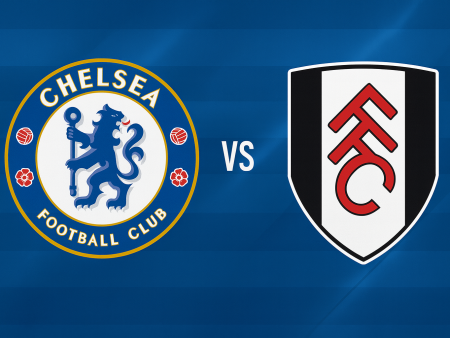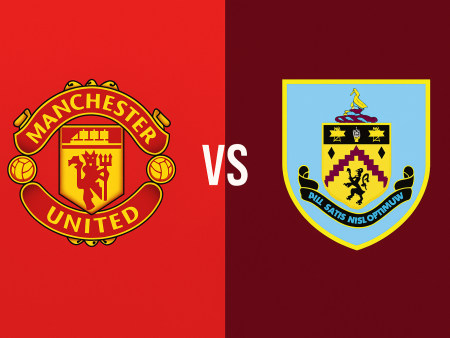Didier Deschamps and France: A Tactical Masterclass at the 2022 World Cup
France entered the 2022 FIFA World Cup under the leadership of Didier Deschamps, a manager renowned for his tactical expertise and proven success at the international level. After an illustrious playing career in the 1990s, Deschamps cemented his reputation as one of football’s most accomplished national team coaches by reaching three major finals across eight years-lifting the 2018 World Cup, finishing runner-up at Euro 2016, and securing a spot in the 2022 World Cup final. With a talent-laden French squad at his disposal, Deschamps’ meticulous approach and system adjustments have been pivotal in France’s sustained dominance. This comprehensive tactical analysis unpacks the principles, system, and key players that powered France’s remarkable run.
Organizational Structure: France’s Dynamic 4-2-3-1 Formation
Deschamps’ preferred shape at the 2022 World Cup has been a flexible 4-2-3-1 setup. Crucially, the formation adapts to maximize the abilities of the players on the pitch and evolves depending on the phase of play.
In defense, Hugo Lloris retained his spot between the posts, shielded by a back four. Raphaël Varane’s early return from injury steadied the defense, which was reshuffled after Lucas Hernandez’s tournament-ending knock-his brother Theo Hernandez stepped in at left-back, adding offensive thrust to the left flank. On the right, Jules Koundé emerged as an unexpected regular, moving ahead of Benjamin Pavard, while Dayot Upamecano formed a strong partnership with Varane in central defense.
Midfield saw the loss of stalwarts N’Golo Kanté and Paul Pogba to injuries before the tournament started. Nonetheless, Aurélien Tchouaméni and Adrien Rabiot capably filled the void. Tchouaméni orchestrated play from deep, while Rabiot offered energy and box-to-box coverage.
France’s attacking balance has been another testament to Deschamps’ tactical nous. Olivier Giroud led the line and became the national team’s all-time leading scorer, supported by the dynamic Kylian Mbappé on the left wing, Ousmane Dembélé on the right, and Antoine Griezmann thriving as a creative force in the number 10 role. The interplay between these attackers provided both flexibility and unpredictability in France’s forward play.
Attacking Blueprint: Progressive Possession and Explosive Transitions
France’s offensive scheme is defined by both calculated possession and devastating transitional attacks. In build-up, the team often morphs into a shape resembling a 2-4-4, with the full-backs pushing forward and one of the central midfielders (often Rabiot) advancing to support wide players. Tchouaméni acts as a deep-lying playmaker, facilitating progression by distributing the ball to the advancing full-backs and attacking midfielders.
Griezmann’s movement is vital to France’s ball progression. He frequently drops deep or drifts across the front line to find space and link play. Dembélé and Griezmann are deliberately more active in early build-up phases, while Mbappé and Giroud remain higher, prepared to latch onto through balls or direct passes.
A key attacking pattern involves quick direct balls to Giroud, whose hold-up ability allows Griezmann and others to join attacks, creating a dynamic reminiscent of the renowned partnership between Robert Lewandowski and Thomas Müller at Bayern Munich. This approach ensures France can bypass the midfield and immediately threaten the opposition defense.
On the counter, France excels by utilizing their speed and precision. Mbappé, often positioned high and wide on the left, is a principal outlet. His blistering pace stretches defenses vertically, while his technical ability allows him to beat defenders one-on-one or cut inside to create scoring chances. According to tournament statistics, Mbappé averaged 4 dribbles and 4.7 shots per 90 minutes, highest among the French squad. Griezmann supported with creativity, notching up 4 key passes per 90 minutes, underlining his influence as a playmaker.
When opposition teams focus defensively on Mbappé by doubling up, ancillary threats such as Rabiot or Griezmann benefit from the resultant spaces. Additionally, late in matches, Deschamps often freshens the frontline with Marcus Thuram, whose pace keeps pressure on weary defenses, and shifts Mbappé centrally to exploit tired legs for late goals.
Defensive Tactics: Structure, Adaptation, and Transition Focus
Defensively, Deschamps instilled a system marked by adaptability. The usual defensive shape is a compact 4-4-2 or occasionally a lopsided 4-5-1, with Griezmann and Dembélé tracking back on the flanks, while Mbappé and Giroud stay higher to spring counter-attacks.
Griezmann’s role shifted between attack and defense effectively, often dropping into deeper midfield positions to recover possession or close passing lanes. His defensive output, averaging over 3 tackles and interceptions per 90 minutes, reinforced France’s midfield solidity.
Despite some vulnerability on the left when Theo Hernandez and Rabiot are required to cover large spaces, particularly when Mbappé remains higher up the field, this calculated risk is part of Deschamps’ plan. The trade-off is that France is even more dangerous in transition, punishing teams whose full-backs advance aggressively.
The midfield duo of Rabiot and Tchouaméni provided consistent defensive screening, winning the ball and preventing progression through the middle. This contributed to France ranking among the top teams for tackles and interceptions at the tournament, while conceding fewer fouls-a sign of disciplined, effective pressing.
Key Takeaways: The Legacy of Deschamps’ Tactical Evolution
Regardless of the final result, the 2022 World Cup once again showcased Didier Deschamps’ expertise in galvanizing a talented squad and fostering a tactical framework that adapts to both his team’s strengths and the strategic demands of each opponent. France’s balance between offensive dynamism and defensive discipline, matched with squad adaptability, underscores why they have remained at the pinnacle of international football.
As France faced an impressive Argentina led by Lionel Messi, Deschamps’ legacy as a manager was further solidified. Through a blend of structure, flexibility, and astute in-game management, he molded France into a formidable collective, primed for historic achievements on the world stage.













